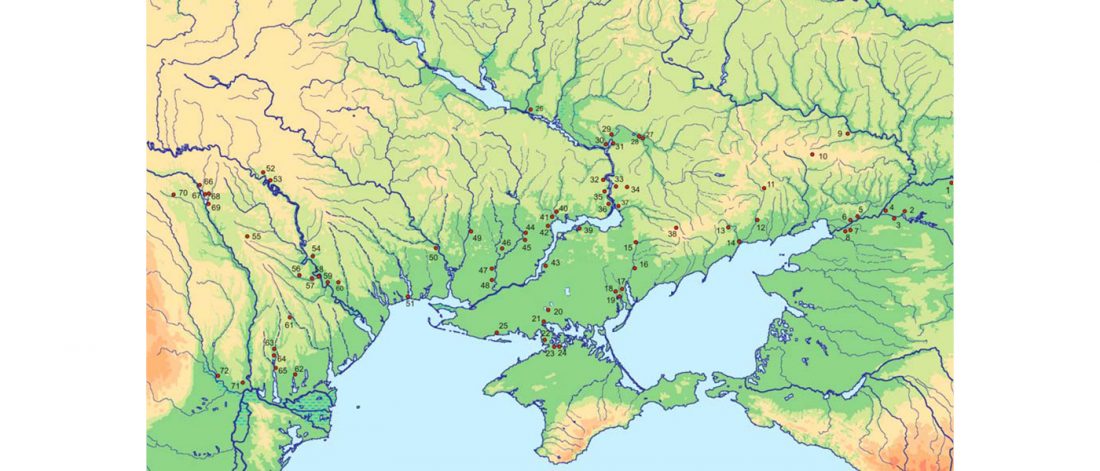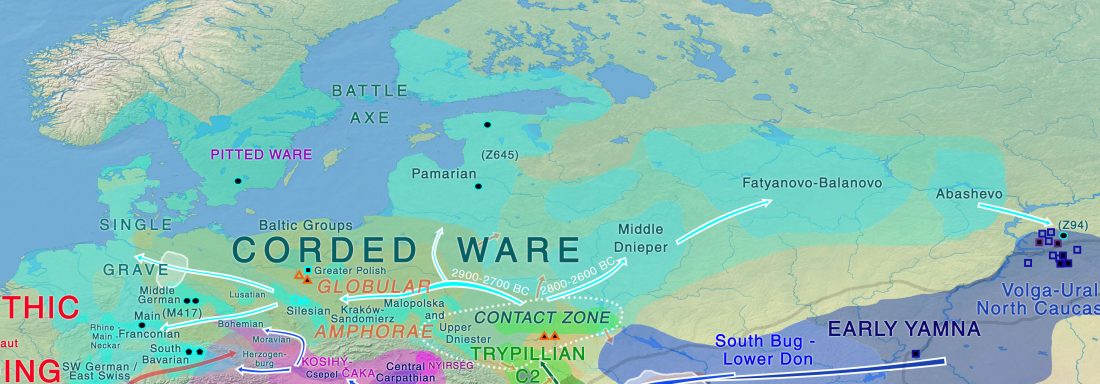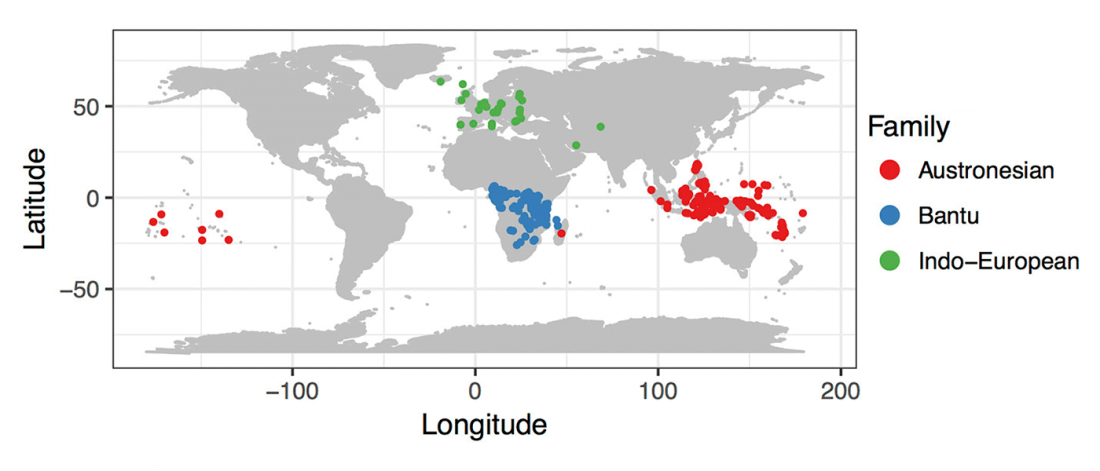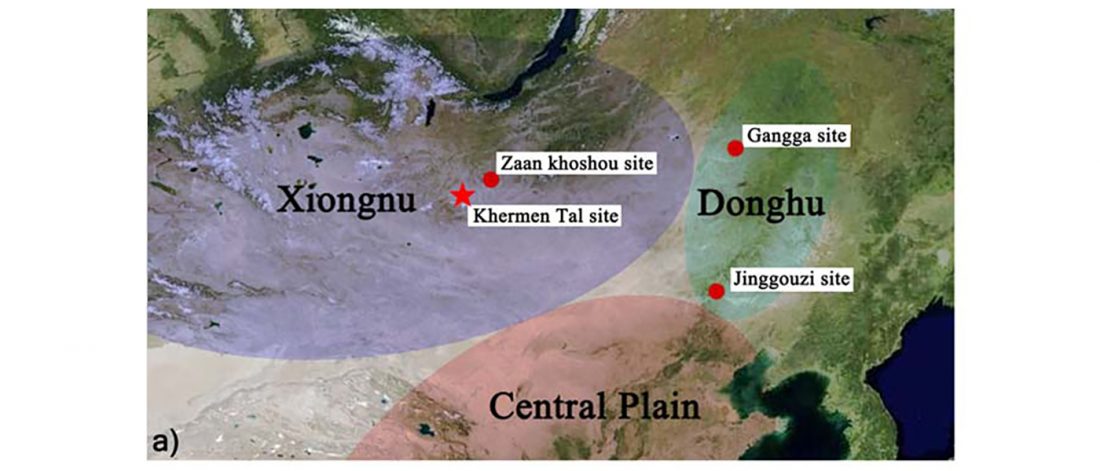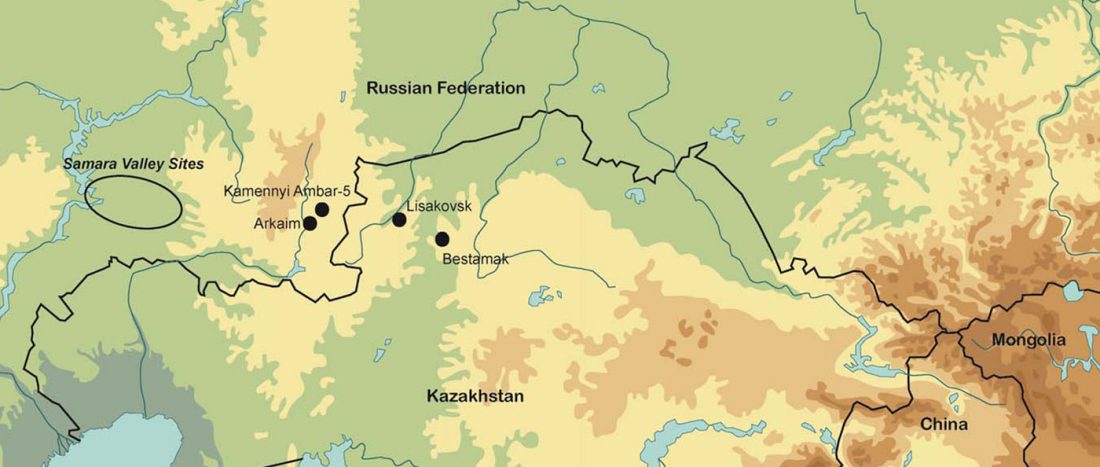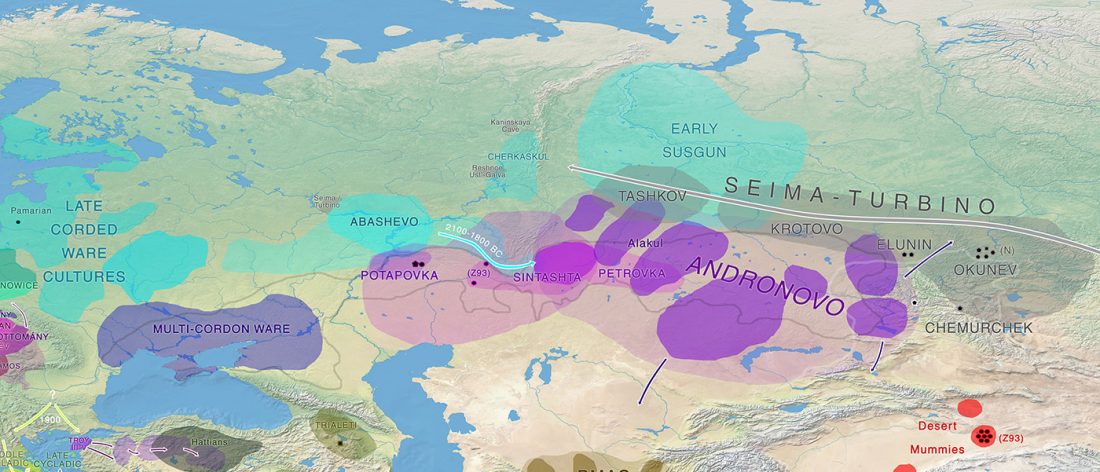Domestication spread probably via the North Pontic steppe to Khvalynsk… but not horse riding
Interesting paper Excavation at the Razdolnoe site on the Kalmius river in 2010, by N. Kotova, D. Anthony, D. Brown, S. Degermendzhy, P. Crabtree, In: Archaeology and Palaeoecology of the Ukrainian Steppe / IA NAS of Ukraine, Kyiv 2017.
Nothing new probably to those who have read Anthony (2007), but this new publication of his research on the North Pontic region seems to contradict recent papers which cast doubts on the presence of early forms of domestication in the North Pontic steppe, and would reject thus also the arrival of domestication to Khvalynsk from a southern route.… Read the rest “Domestication spread probably via the North Pontic steppe to Khvalynsk… but not horse riding”


